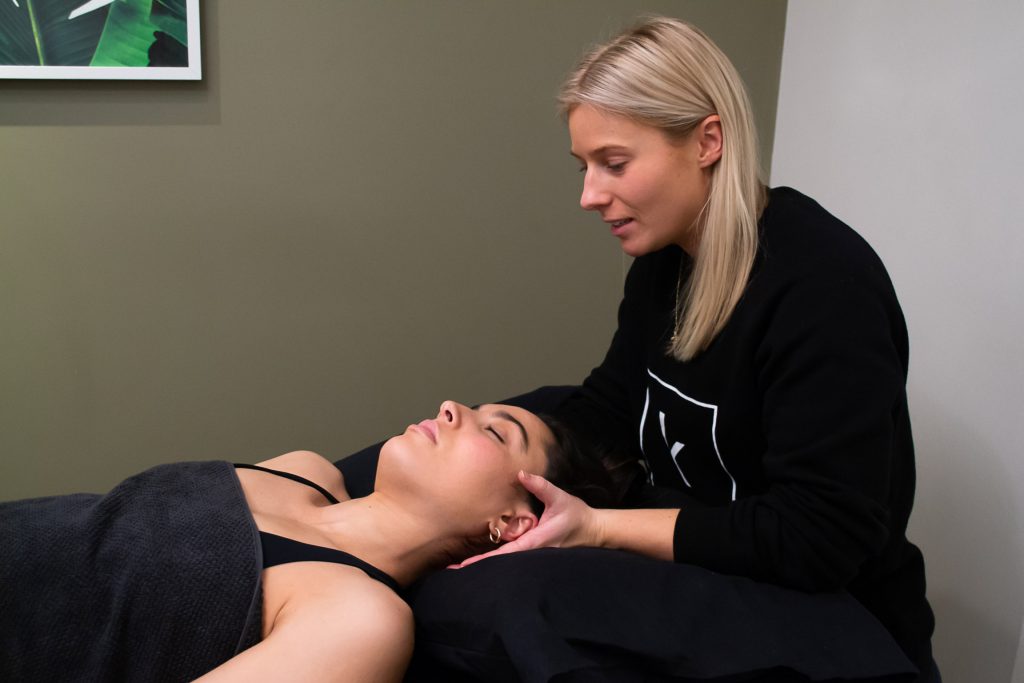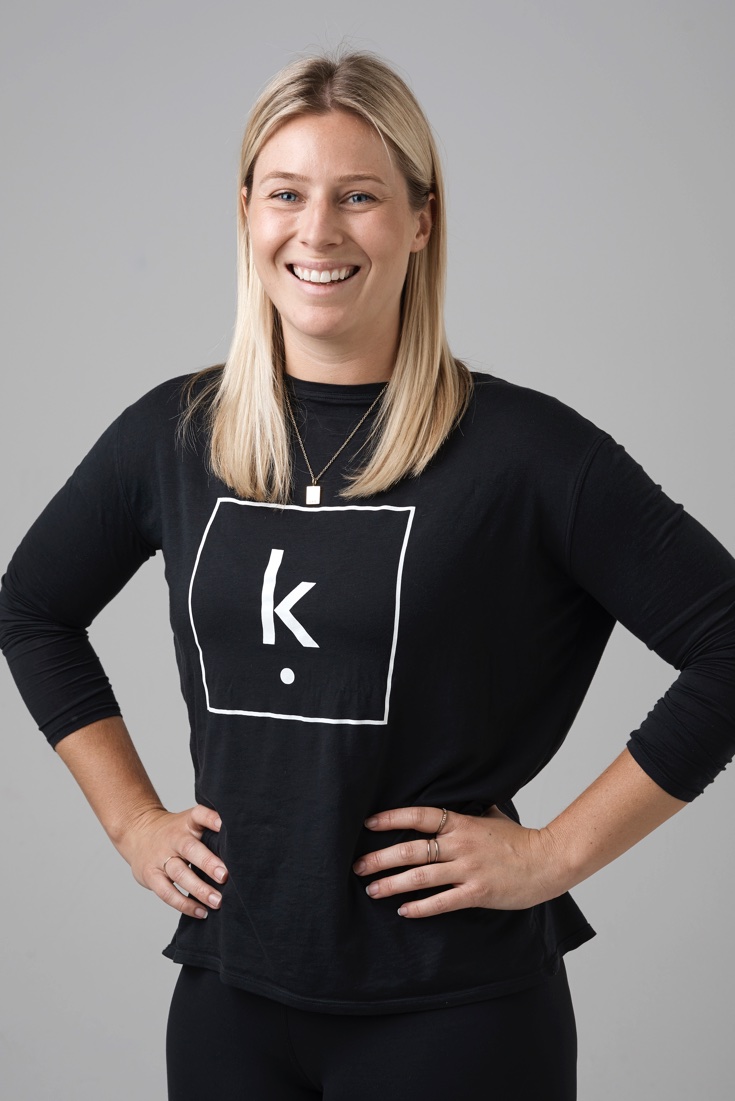Joint ‘Cracking’ – What is it? Why is it done? Do you have a choice?
October 31stFirstly, to clear up two of the biggest myths about joint cracking:
- No – it does NOT give you arthritis!
- No – it is NOT bone colliding with bone!
So, what is it?
Osteopaths have a wide variety of techniques they use to optimise the overall structure and function of the human body. Osteopaths may choose to use is a “High Velocity Low Amplitude (HVLA) thrust” technique, which most people commonly know as “cracking”, “pops”, or” clicking”. Osteopaths spend at least 3 of their 5 years at university mastering HVLA thrust techniques to ensure it is done both safely and effectively.
HVLA’s are a very gentle and safe technique where a practitioner applies a fast, specific and direct thrust through a joint to improve its range of motion and alignment when it becomes restricted (e.g. when you wake up in the morning and can’t turn your neck one way). If joints are restricted or misaligned for a prolonged period of time, surrounding muscle guarding can occur which often leads to pain.
If you think about a joint such as the knee, we have the femur (thigh bone), that connects to the tibia (shin bone) and is stabilised by ligaments. To maximise joint congruency and reduce friction between the two bones we have a viscous like fluid known as synovia, or as I like to call it, the WD40 of the body.
The synovia is composed of different types of gases, and when a joint is pushed or pulled beyond its end range, it can cause the ‘cracking’ or ‘popping’ sound, just like bubble wrapping!
Why is it done?
Sometimes, our joints become misaligned. How? Picture this:
→ Think of the human skeleton (just the bones)
→ Now picture the muscles attached to the skeleton connecting one bone to the other, ie “the thigh bone (femur) is connected to the knee bone, the knee bone (patella) is connected to the shin bone, the shin bone (tibia) is connected… etc”.
→ Now, picture what happens when a muscle becomes hypertonic (tight) and the length of the muscle shortens.
→ The tight muscle can then pull the joint out of alignment.
When this happens, it creates a restricted range of motion in the joint. Applying an HVLA thrust through this restricted barrier, along with muscle release work is a very effective way to re-align the joint.

Different types of ‘clicking’, ‘clunking’ or ‘popping’ sounds – what are they?
A ‘Click/Pop’ sound: The higher pitch clicking sound is most commonly what I have discussed above. This happens when a synovial joint is pushed or stretched beyond its comfortable range and the gases within the synovial fluid create a clicking sound.
Examples of areas of the body where you may hear this:
- The phalanges (fingers). When you pull or push your fingers.
- Thoracic spine (upper back). If you lean back over a chair, or on a foam roller you may hear some clicks.
- Lumbar spine (Lower back). If you lay on your back and rock your knees from side to side, or sit and a chair and rotate your back from side to side you make hear this click.
- Cervical spine (neck). If you drop your ear towards your shoulder on either side you may also hear this ‘clicking’ sound!
A ‘Clunk’ sound: A Clunk sound around your joint may come from a muscle being too tight. (Just a reminder for you, tendons attach muscles to bone, and ligaments attach bones to bones). If muscles are tight and therefore in a shortened position, it creates pull on the tendon which may then have to flick over a bony prominence in a joint to get movement. This often produces a lower pitch ‘clunk’ sound.
Examples of areas of the body where you may hear this:
- The glenohumeral joint (shoulder). Do you ever get a clunk when you do arm circles or rotate your shoulders? This is likely to be caused by muscle tightness or poor posture (hunched shoulders).
- The femoroacetabular joint (hip). Do you ever lay on your back to do leg raises or sit-ups and notice a big clunk in the front of your hip? This is likely to be caused by the iliopsoas muscle (hip flexor) being too tight and flicking of the joint as you move.
A ‘Popping/grinding’ sound: A grinding or lots of little small pop sounds may occur as a result of degenerative change within a joint.
Examples of areas of the body where you may hear this:
- Tibiofemoral or patellofemoral joint (Knee). As you squat, kneel down or stand from sitting.
- Glenohumeral joint (shoulder). As you rotate or circle your arm.
Most importantly: Some of these cracking, clunking and popping noises that come from our joints are completely normal so please don’t stress! In some cases though, it may be your body’s way of communicating that something may need attention. Always consult with a clinician if you have any concerns.
Do I have a choice?
Absolutely! You have complete control over anything that happens to your body in any situation. A manual therapist is legally not allowed to commence any technique, including ‘cracking’ without your consent. The practitioner (a qualified osteopath or chiropractor) should also get additional verbal consent if and when they are going to do an HVLA technique.
Please be aware that a ‘crack’ is not always needed to improve your overall structure and function. Make sure you are completely open with your practitioner and communicate if you aren’t comfortable with an HVLA or any other treatment technique because it’s always completely up to you! If you are happy to receive an HVLA thrust, make sure you stay as relaxed as possible for the technique to be successful.
In conclusion, HVLA’s are an effective manual therapy technique when used in conjunction with other manual and exercise therapy techniques. When performed appropriately, they can help with improving pain, movement, and overall functioning.
If you want to understand HVLA’s more, click here to watch a short video.
By Ash Kaye Smith
Osteopath + Pilates Instructor | Kinematics Health + Performance
You can book Osteopathy appointments online here
